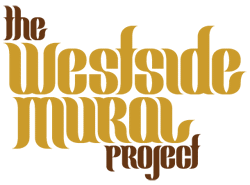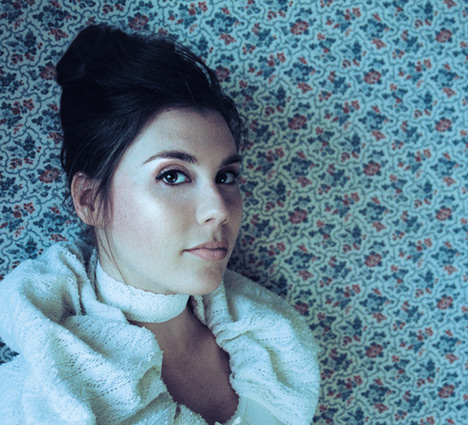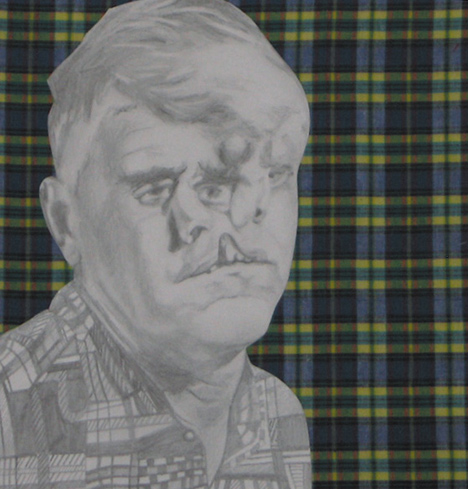from Antonio Pedro Ruiz
Co-Founder of The Creativity Network
Graffiti has been with us since the Romans. Today’s graffiti is a representation of contemporary urban hip-hop culture, often practiced by people who know no other form of artistic expression. When a spray can is used to scribble gang symbols on a wall it is called tagging. When private or public property is defaced by unauthorized graffiti it is called vandalism. When the same medium (spray can) is used to create a colorful mural that depicts images and designs typical of how the youth see their world today, the artist is called a graf writer and the creation is called graffiti art.
This art form is recognized internationally as a legitimate artistic expression, when it is done properly and in an appropriate context. During one week alone in August 2007, there are exhibits, shows, book signings and competitions taking place in galleries and museums in New York, Brussels, Montreal and Seattle, not to mention Fresno and Norwalk. Some of these are privately funded through grants or individuals, but many are city-sanctioned and funded. All are open to the public.
The program at Homeland Cultural Center is for serious graf writers who are interested in pursuing and refining their art. All painters are interviewed ahead of time, to determine experience, skill level, etc. Designs are submitted in pencil ahead of time for approval. Many of those who have participated in this program over the past ten (10) years have gone on to careers in graphic design, art direction, scenic design and related fields. It is not uncommon for a participant in our program to have had encounters with the law in the past, but the purpose of the program is to show them a better way. As graffiti or hip-hop art is becoming mainstreamed, and more prevalent on film, television and in advertising, the market for skilled graffiti writers is expanding.
The murals at Homeland are on the portion of the facility that faces inward, toward a semi-enclosed patio. None are visible from Anaheim Street, and none are easily visible from the new Mark Twain Library. The walls of the facility that face directly upon the MacArthur Park grassy area are intentionally kept mural-free. Someone has to want to see the murals in order to do so.
All of the participants in the Homeland Cultural Center program are Long Beach residents over the age of 18. We currently have a crew of between 15 and 20, of whom approximately 8 to 10 are onsite at any one time. Some are there to paint, some to observe. No one who is currently on probation is allowed to paint at Homeland, and they must provide their own paint. Violent images, gang symbols and profanity are not allowed. The only cost to the city is payment to the coordinator, an award-winning graf writer who has been in charge of the program for 10 years and who currently works for a large graphic design corporation.
While the argument is made that Homeland merely encourages spray-painters to go out and commit illegal activity elsewhere, the opposite argument can also be made. Homeland Cultural Center is very important to its neighborhood, and the immediate community values what goes on here. The artists and dancers who use this facility take great pride in identifying with Homeland and everything that it stands for. Our graf writers know that if they get caught tagging or doing illegal graffiti they will be banished from the program. None of our current participants wants to risk being told they can’t come back. Homeland itself is occasionally tagged, like many buildings in the area, and no one hates that more than our own graf writers.
Homeland’s art, music and dance programs reflect their community. 40% of our residents are below poverty level. 65% didn’t complete high school. Our census tracts show a population that is 39% Latino, 34% Asian-American (largely Cambodian, Samoan and Hmong) and 22% African-American. Everyone knows someone who is or has been in prison, and everyone has a close friend, neighbor or relative who has died by violence. This community does not enjoy access to many artistic or cultural art forms or disciplines, and what resonates with the people of this neighborhood, especially the youth, is contemporary urban culture, which manifests itself in hip-hop, krump, rap and graffiti.



